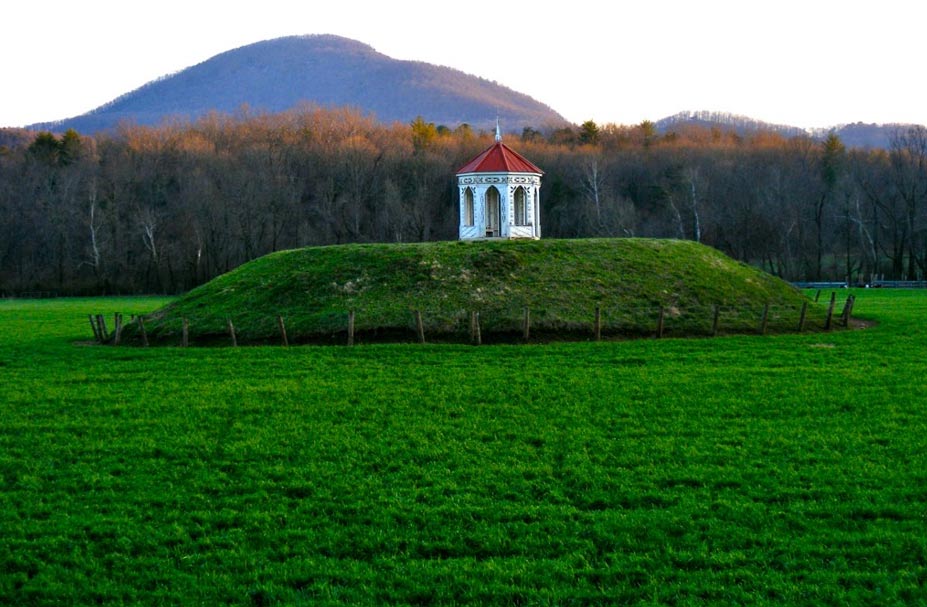Formal Rewriting of America’s “Racist” Indigenous History Has Begun
A team of US researchers claims indigenous groups maintained their ancient traditions in the southeastern US nearly 150 years after the first waves of European arrivals, going against the traditional history that questions their very presence there.
Spanish explorers began arriving in South America in the mid-1500s where they waged the conquests of Central America and Peru, and history teaches that soon after the conquistadors attacked indigenous tribes in the southeastern United States the people were displaced and relocated. But this account of history is, “racist,” according to a team of researchers from Washington University in St. Louis.
So, how did these researchers determine that what we have been taught is racist indigenous history?
Indigenous Resilience or Biased Indigenous History?
Between 1540-1542 AD, Hernando de Soto crossed into what would become the southeastern United States and he recorded the presence of various “mound-builder” indigenous groups living in fortified towns with great earthen mounds and plazas. And in 1560 AD, Jacques le Moyne, a French artist and member of Jean Ribault's expedition to the New World, said the deceased king of what is today northeastern Florida was “buried with great solemnity, and his great cup from which he was accustomed to drink is placed on a tumulus (mound) with many arrows set about it.”

Jean Ribault's pillar on the river May from his expedition to the New World showing the meeting of local indigenous Americans and the French (Bryant, William Cullen, 1794-1878; Gay, Sydney Howard, 1814-1888 / Public domain)
The new paper published in the journal American Antiquity looks at evidence gathered from the indigenous peoples of the Oconee Valley in present-day central Georgia. The paper’s lead author, Jacob Lulewicz, a lecturer in archaeology in the university’s Arts & Sciences Department, says the paper “reframes the historical contexts of early colonial encounters in the Oconee Valley.” By highlighting the longevity and endurance of indigenous Mississippian traditions, in spite of the European insurgence, the team of researchers claim the people lived and maintained their religious traditions for nearly 150 years after the Europeans arrived.
Attacking A Stolen History
The case study presented in the new paper focuses on the Dyar Mound submerged today beneath Lake Oconee, in Greene County, Georgia. When the Dyar Mound was inhabited from 1100 to 1600 AD by the South Appalachian Mississippian culture, the site covered an area of 2.5 hectares (6.2 acres). In 1975, this vast platform mound was described as a truncated cone approximately 10.3 meters (34 ft) high, with a basal diameter of 52 meters (171 ft).

A map showing the various Mississippian cultures, as well as the other cultures influenced by the Mississippians. (Heironymous Rowe / CC BY-SA 3.0)
Lulewicz says in the paper that by the mid-1700s, less than 100 years after the abandonment of the Dyar Mound, explanations for the “non-Indigenous origins of earthen mounds were being espoused.” Lulewicz argues that the motives for these myths were racist because they denied what would have been a recent collective indigenous memory in favor of explanations that stole and disenfranchised these histories from contemporary Indigenous peoples.
- Previous Models of Ancient Populations in the Americas were ‘Unrealistically Simple’
- Why Isn’t This Map in the History Books?
- Lost Tribes and Promised Lands: The Origins of American Racism
Achieving Real Social Justice
With funding from the USDA Forest Service, the archaeologists applied advanced radiocarbon dating techniques at the platform mound and 20 new dates were ascertained from samples which provided a new refined perspective on how European migrants affected indigenous peoples and their traditions. The paper says the mound contained “classic markers of indigenous rituals and ceremonies” and that no European artifacts were discovered. Lulewicz stated that not only did the indigenous people continue their traditions atop the Dyar Mound for nearly 150 years after the Spanish arrival, “but they also actively rejected European things."
According to the article, published on the Washington University in St Louis website, members of the Muscogee (Creek) Nation, descendants of the Mississippians who built platform mounds like the one at Dyar, said that without this type of archaeological work “we are contributing to the disenfranchisement of indigenous peoples from their history” and that this paper reaffirms their ancestral link to the land. Lulewicz concludes that the paper is important because it reveals information about real indigenous lives that “we have historically treated very poorly and who continue to be treated poorly today in some cases.”
Top image: Nacoochee Indian Mound in Georgia, USA not far from the Dyar Mound that has shown America’s flawed indigenous history. Source: mouse / CC BY-SA 2.0
By Ashley Cowie




















Comments
no , they didn’t. They themselves denied building them and manyuother things found by ealry exploreres. The native Indians of the time 1700-1800∓ described a white skinned, red or blond hair, large peope who lived here before them. They explain their ancestors killed off the last of them centuries earlier. There are many OLD history books, biographies etc that capture that information. And there is a reason you will never see that information in the dept of eduction. As for the importance of the mounds? the importance is what was found inside so many of them. But you will have to dig for that information, start with Ohio Mound builders and ancient american history.
Gregg Keyes
Sooooooo….. native Americans built mounds? Maybe I'm missing the “importance” of this research?